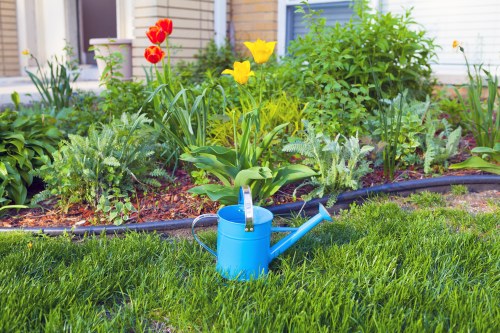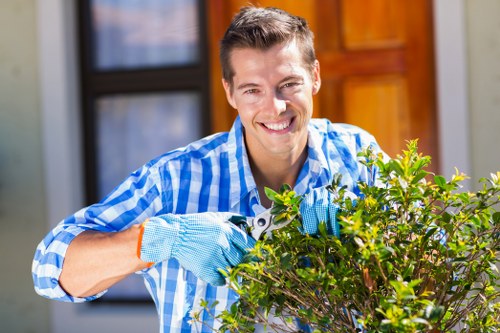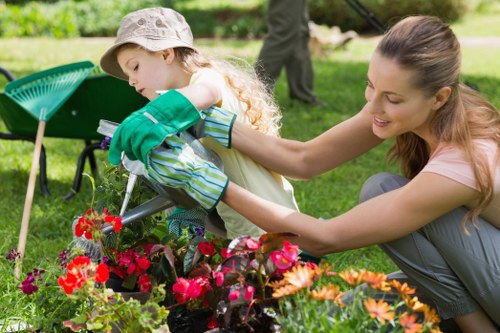Gardening in Shortlands: Cultivating Your Green Oasis

Welcome to the vibrant world of Gardening Shortlands, where enthusiasts and novices alike can transform their outdoor spaces into lush, thriving gardens. Whether you're working with a spacious backyard or a cozy balcony, Shortlands offers a unique climate and soil conditions that are perfect for a variety of plants.
Understanding the local environment is key to successful gardening. Shortlands boasts a temperate climate with ample rainfall, making it ideal for both perennial and annual plants. The rich, loamy soil in the region provides excellent drainage and nutrient retention, ensuring that your plants have the best foundation to grow.
Gardening enthusiasts in Shortlands often take advantage of the long growing season to cultivate a diverse range of flora. From vibrant flowers to robust vegetables, the possibilities are endless. By leveraging local resources and knowledge, gardeners can create sustainable and beautiful landscapes.
One of the most rewarding aspects of horticulture in Shortlands is the community of gardeners who share tips, tools, and support. Local gardening clubs and online forums provide platforms for exchanging ideas and solving common challenges. Engaging with this community can enhance your gardening experience and lead to successful outcomes.
Soil preparation is a fundamental step in any gardening project. In Shortlands, gardeners often incorporate organic matter like compost and manure to enrich the soil. This not only improves soil structure but also promotes beneficial microbial activity, which is essential for healthy plant growth.
Choosing the right plants for your garden is crucial. Native species are well-adapted to the local climate and soil conditions, reducing the need for extensive care. Additionally, integrating a mix of perennials and annuals can ensure year-round beauty and productivity in your garden.

Water management is another critical aspect of gardening in Shortlands. Implementing efficient irrigation systems, such as drip irrigation or soaker hoses, can conserve water while providing consistent moisture to your plants. Mulching around your garden beds also helps retain soil moisture and suppresses weed growth.
Pest control is a common challenge faced by gardeners. In Shortlands, adopting integrated pest management (IPM) strategies can effectively manage pests while minimizing environmental impact. This includes using natural predators, organic pesticides, and cultural practices that deter pest infestations.
The aesthetic appeal of your garden can be greatly enhanced by thoughtful design. Incorporating elements like pathways, seating areas, and focal points can create a harmonious and inviting space. Additionally, selecting a color palette that complements your surroundings can make your garden truly stand out.

Seasonal care is essential to maintain the health and beauty of your garden throughout the year. In Shortlands, this involves timely planting, pruning, and fertilizing to ensure that your plants thrive in every season. Understanding the specific needs of your plants during different times of the year can lead to a more resilient and productive garden.
Gardening in Shortlands is not just about cultivating plants; it's also about fostering a connection with nature. Spending time in your garden can be a relaxing and fulfilling experience, offering both mental and physical health benefits. Whether you're tending to a vegetable patch or nurturing a flower bed, the act of gardening brings joy and satisfaction.
As sustainability becomes increasingly important, gardeners in Shortlands are embracing eco-friendly practices. This includes composting kitchen scraps, collecting rainwater, and using renewable resources. By making environmentally conscious choices, you can create a garden that not only looks beautiful but also supports the health of the planet.


In conclusion, Shortlands gardening offers a rewarding and enriching hobby for those who are passionate about creating beautiful and sustainable outdoor spaces. By leveraging local resources, engaging with the gardening community, and adopting best practices, you can cultivate a garden that thrives and brings joy for years to come.
